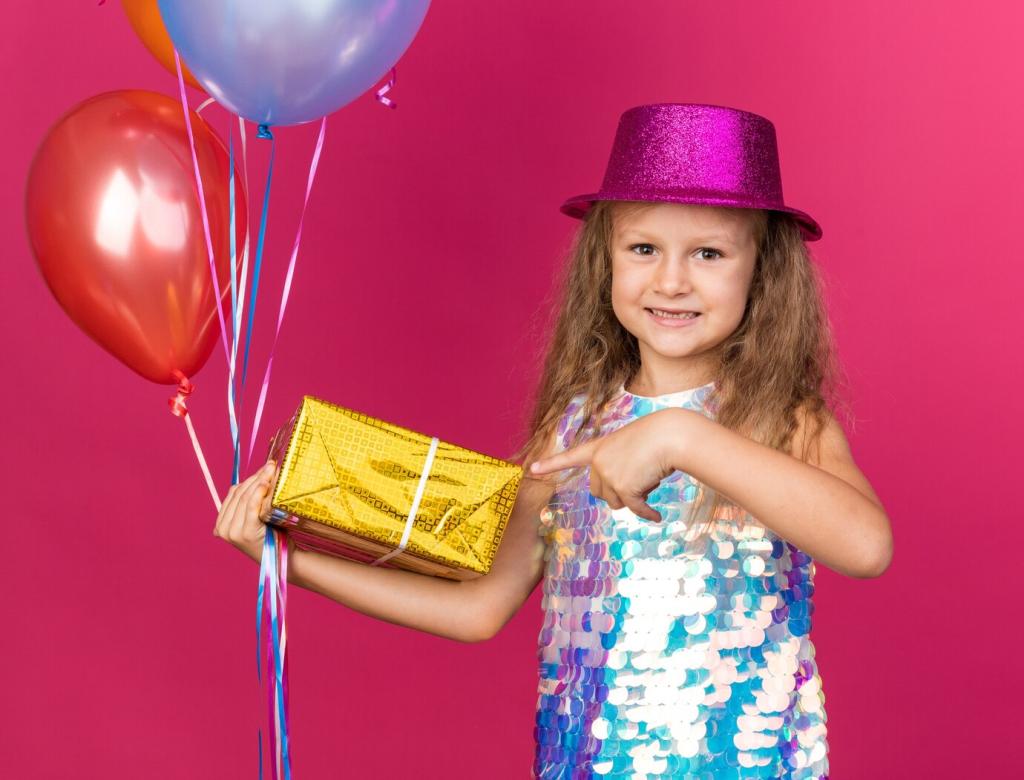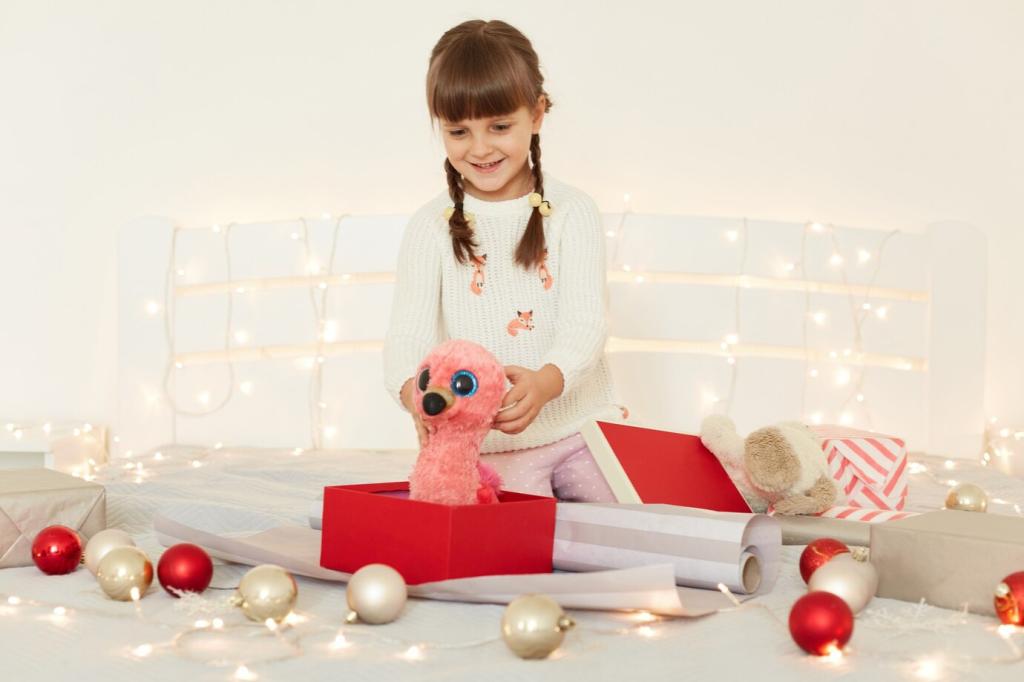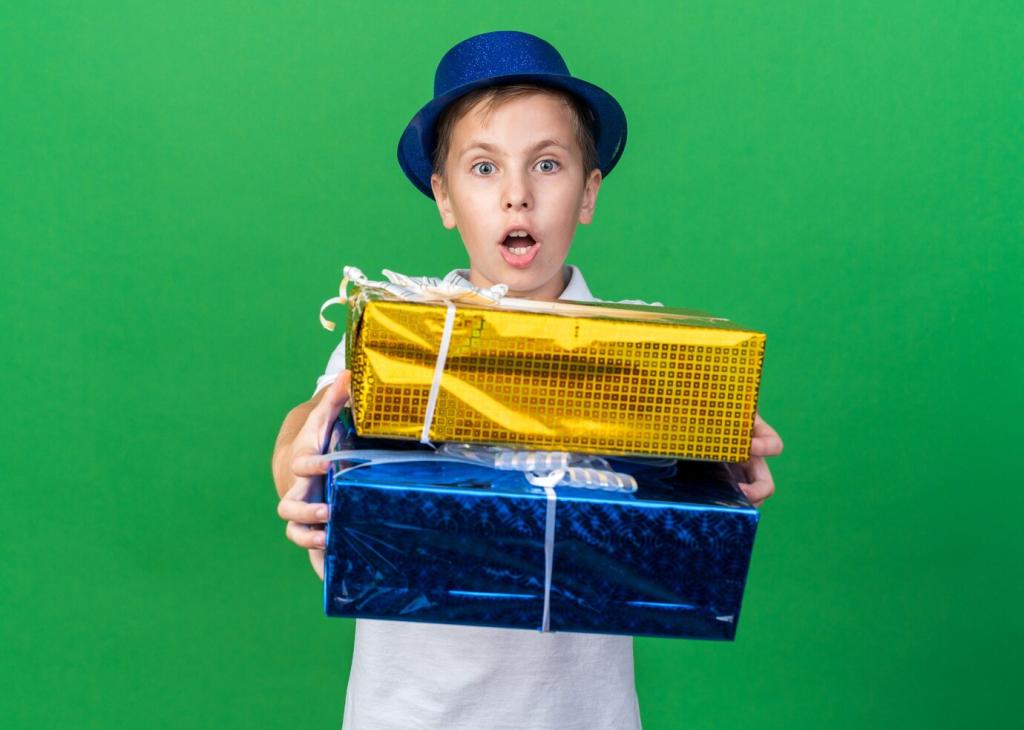
Educational Toys for Kids: Play That Sparks Lifelong Learning
Selected theme: Educational Toys for Kids. Explore how thoughtful, hands-on play transforms curiosity into confidence through stories, research-backed tips, and weekly challenges. Subscribe for fresh ideas and share your child’s playful discoveries with our community.
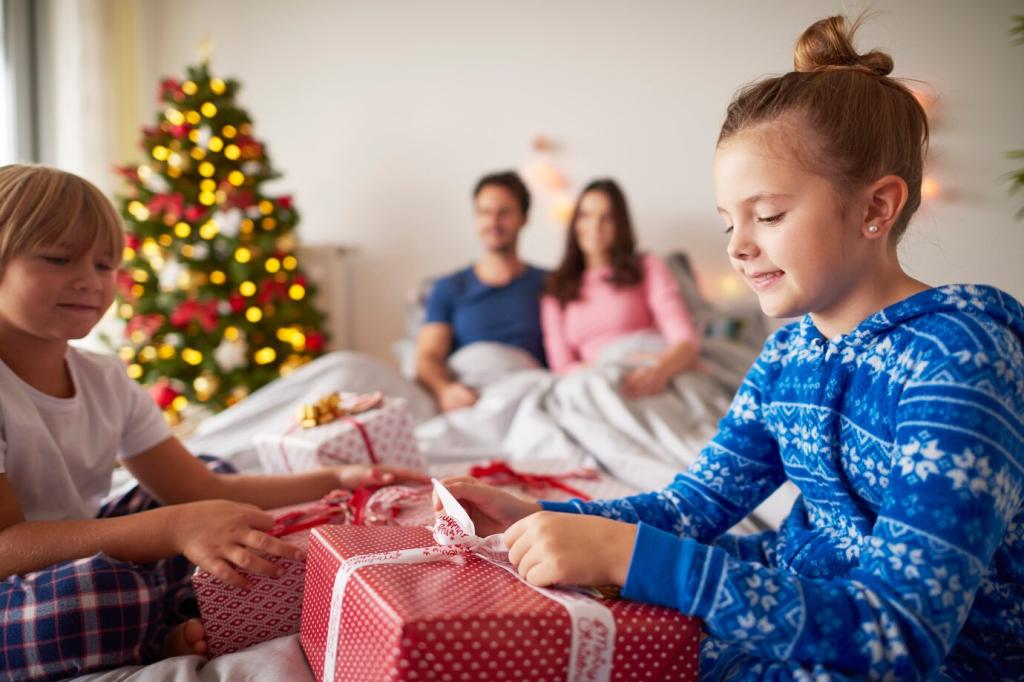
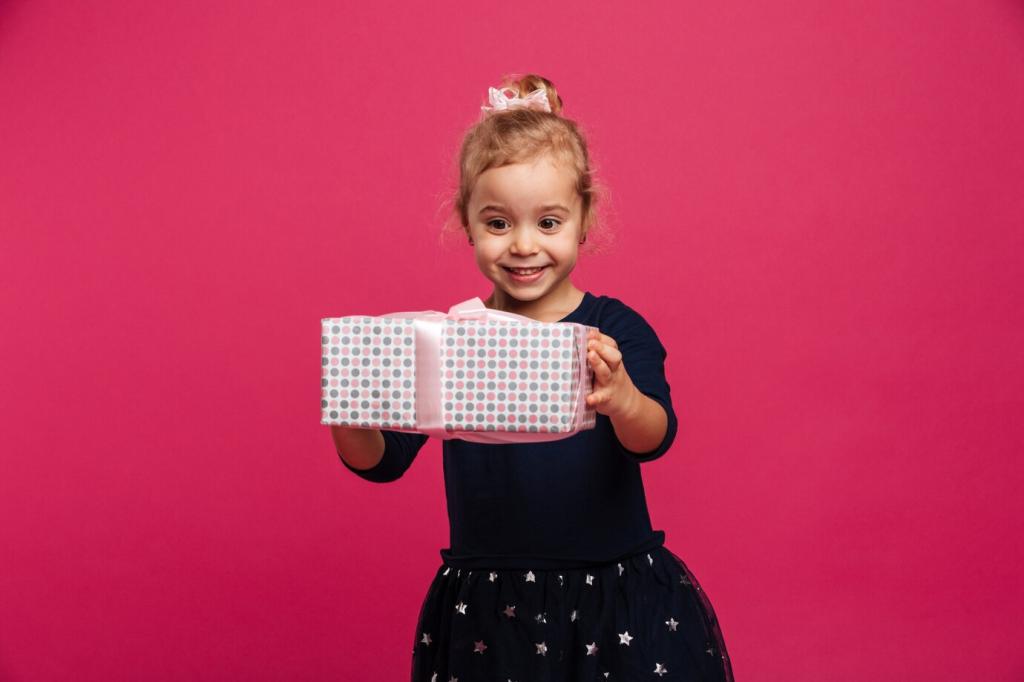
Why Educational Toys Matter
When children stack blocks, tinker with gears, or sort shapes, they build spatial reasoning, working memory, and self-regulation. Studies link block play to stronger math readiness and planning skills. Notice your child’s strategies evolving, and tell us which toys inspire the deepest focus.
Why Educational Toys Matter
The American Academy of Pediatrics encourages active, social, imaginative play. Educational toys for kids offer tactile feedback and real-world cause-and-effect that screens can’t match. Try swapping one episode for fifteen minutes of building, and share the changes you see in attention and joy.
Toddlers: Sensory and Cause-and-Effect
Soft blocks, nesting cups, chunky puzzles, and musical shakers invite exploration without overwhelm. Look for large, safe pieces and simple actions that reward curiosity. Narrate what’s happening: “You poured, and the water spun the wheel!” Post your toddler’s favorite discovery in the comments.
Preschoolers: Symbolic Play and Early Literacy
Alphabet blocks, storytelling puppets, and pattern tiles help children link symbols to meaning. Pretend cash registers spark counting and social skills. Rotate themes—space shop, farmer’s market, or library desk. Which imaginative setup makes your preschooler light up? Share your role-play ideas with the community.
Early Elementary: Strategy and Collaboration
Cooperative board games, magnet tiles, circuit kits, and beginner microscopes challenge planning, teamwork, and inquiry. Encourage kids to explain their strategies and evidence. Host a family “invention night” and showcase prototypes. Tell us which collaborative toy turned sibling rivalry into creative problem-solving at your house.
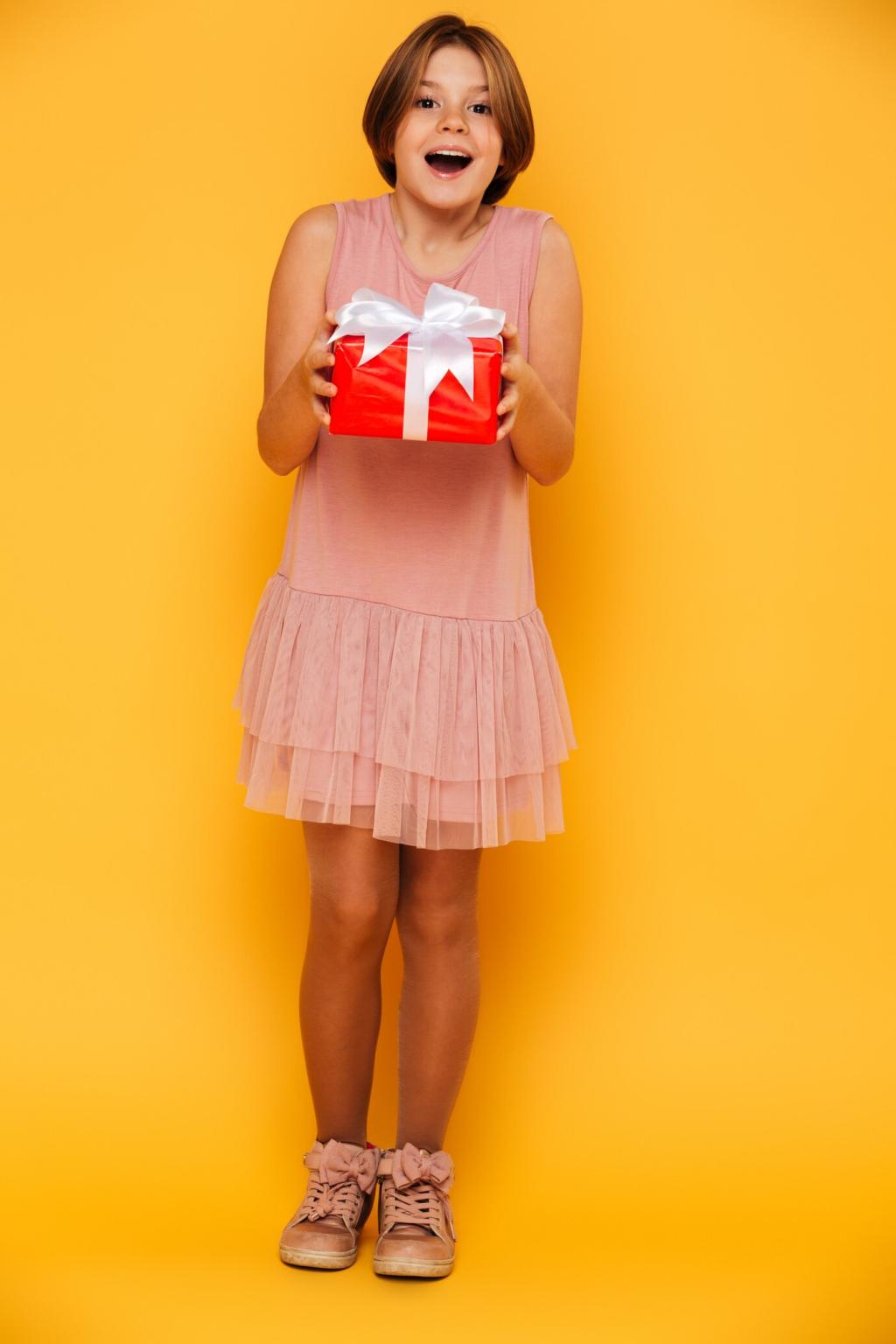
Kitchen Science Kits That Wow
Volcano kits, pH strips, and crystal-growing sets transform everyday ingredients into discovery. Frame each toy as a question: “What will happen if…?” Chart predictions and outcomes, then tweak variables. What kitchen science kit earned the biggest gasp at your house? We’d love to hear your results.
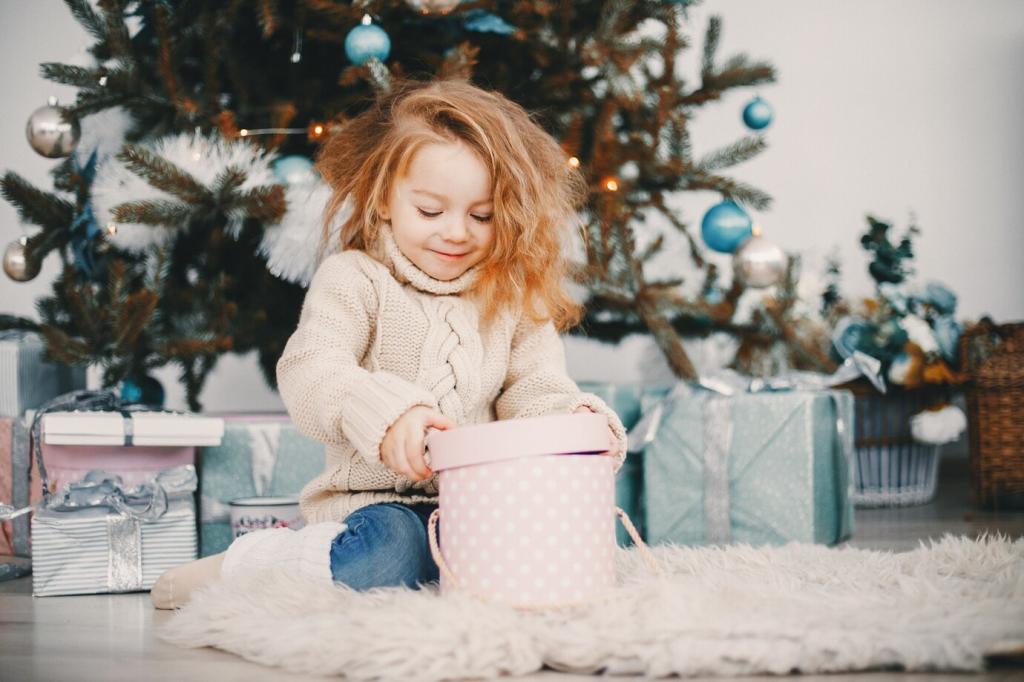
Build-and-Code Robots Without Tears
Start with color-coded paths or block-based coding robots that respond to simple commands. Celebrate bugs as learning moments: “Our robot turned left—what did we tell it?” Gradually add sensors and loops. Share your child’s proudest robot trick and the breakthrough that made coding finally click.
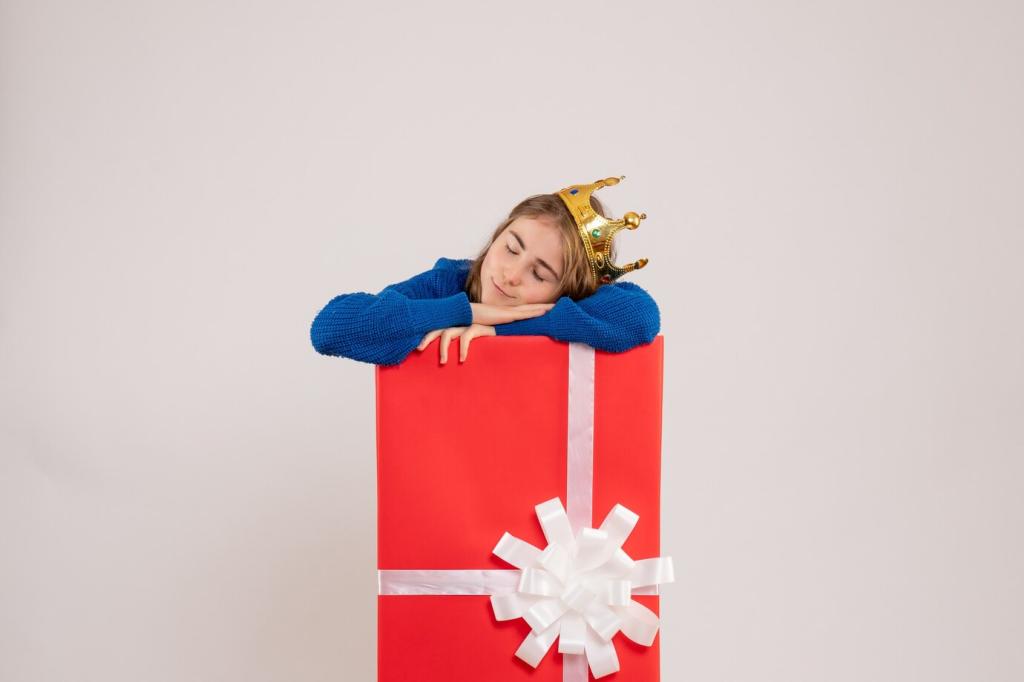
Artful Engineering with Everyday Materials
Combine craft sticks, rubber bands, cardboard, and pegboards with gears or pulleys to bridge art and engineering. Sketch ideas first, then prototype fast. Ask, “How might we make it sturdier, prettier, or faster?” Post your family’s favorite mashup of beauty and function for others to try.
Real Stories: Families Learning Through Play
Four-year-old Emma built a city where each street started with a different letter. She practiced phonics while negotiating traffic rules for toy cars. When a tower fell, she called it a “construction mistake” and rebuilt. What unexpected literacy twist has play sparked at your place?
Real Stories: Families Learning Through Play
Seven-year-old Jamal assembled a solar car, then tested angles to chase sunlight across the patio. He graphed times, noticed shadows, and adjusted tilt. The victory? Curiosity outran perfectionism. Tell us about a toy that turned your child into a scientist of their everyday world.
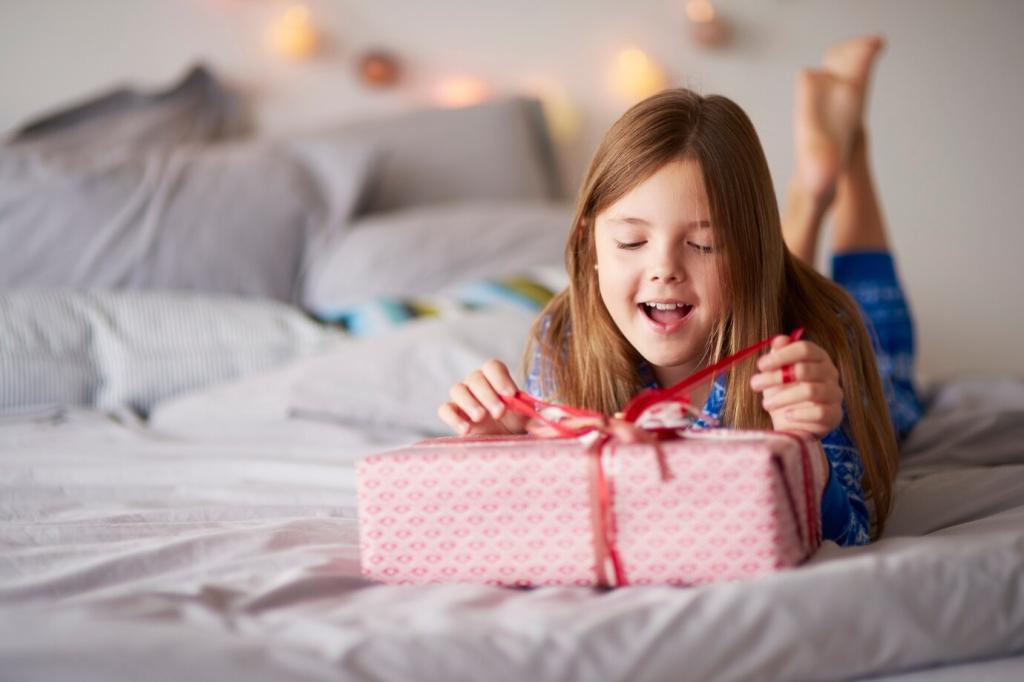
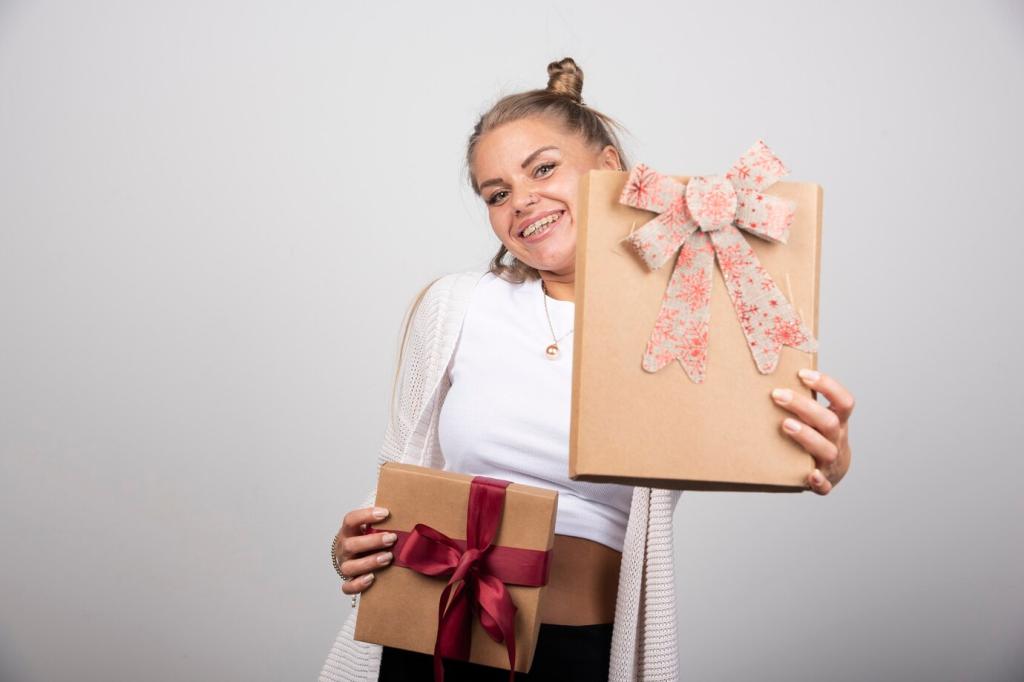
How to Choose Safe, Sustainable Educational Toys
Materials, Safety Marks, and Durability
Seek ASTM, CE, or EN71 marks; choose solid wood, food-grade silicone, or BPA-free plastics; and prefer non-toxic finishes. Check seams, magnet housings, and battery compartments. Durable toys invite years of learning and sharing. What safety checks are on your personal pre-play checklist?
Open-Ended Toys Grow with Kids
Magnet tiles, unit blocks, loose parts, and gears adapt to countless challenges. The fewer built-in outcomes, the more paths to mastery. Ask, “How else could we use this?” Share a toy that evolved with your child across stages, keeping wonder alive through new possibilities.
Inclusive Design Welcomes Every Learner
Look for tactile contrast, adjustable difficulty, visual supports, and diverse representation. Consider switches for accessibility, larger pieces for fine-motor needs, and multisensory cues. Inclusive educational toys for kids widen the circle of play. Which inclusive feature has made the biggest difference for your family?
Play Plans and Weekly Challenges
Hide numerals or counting tokens around the living room. Each clue requires adding, subtracting, or skip-counting to locate the next. Use blocks as “bridges” to cross pretend lava. Post a photo of your most creative clue and the triumphant face at the final treasure.
Play Plans and Weekly Challenges
Using puppets or plush toys, act out beginning, middle, and end. Add problem cards kids must resolve using props. Rotate roles: director, narrator, actor. Record the performance and discuss plot twists together. Share your funniest improvisation and the new vocabulary your child loved using.
